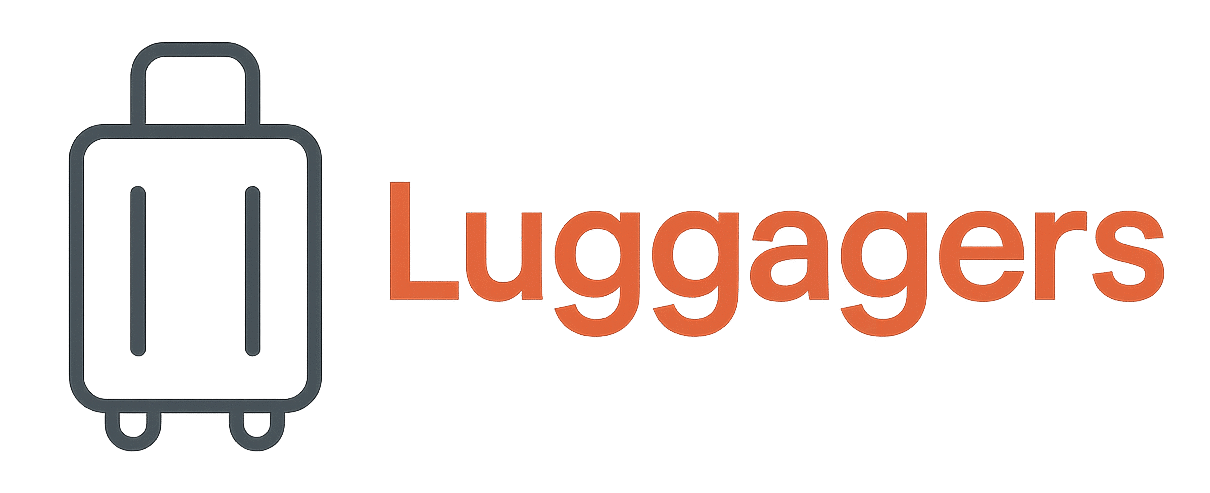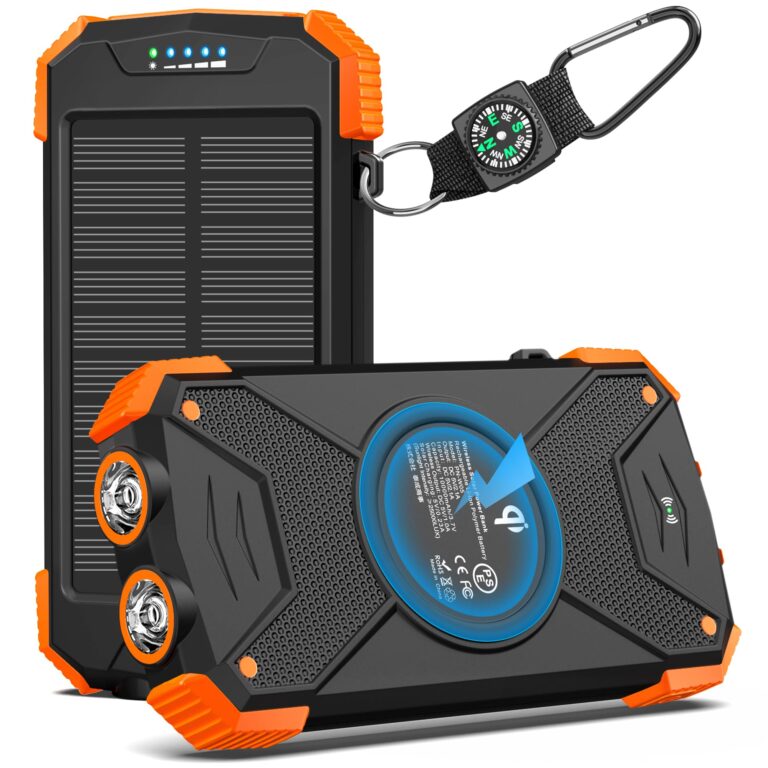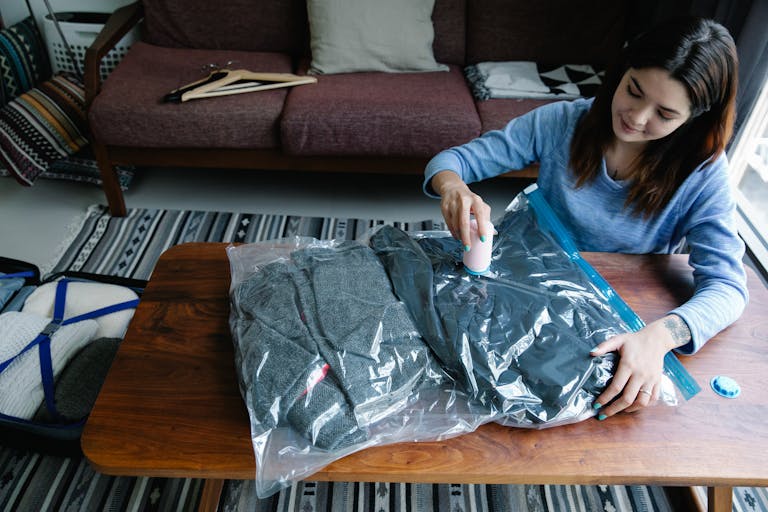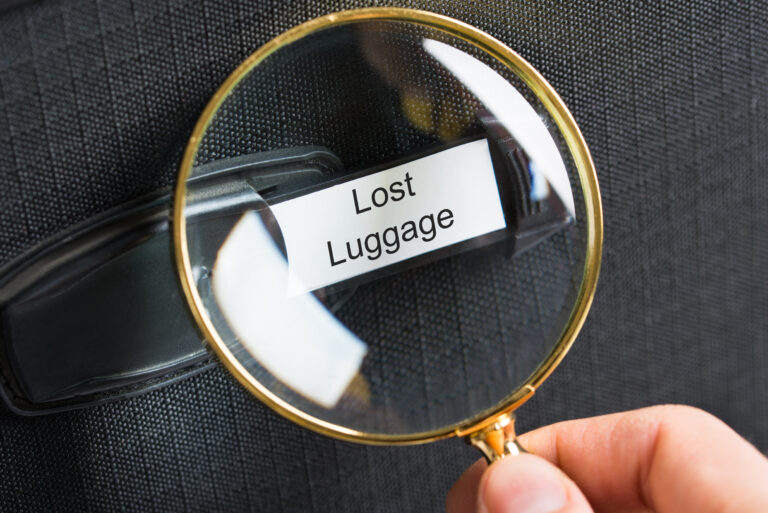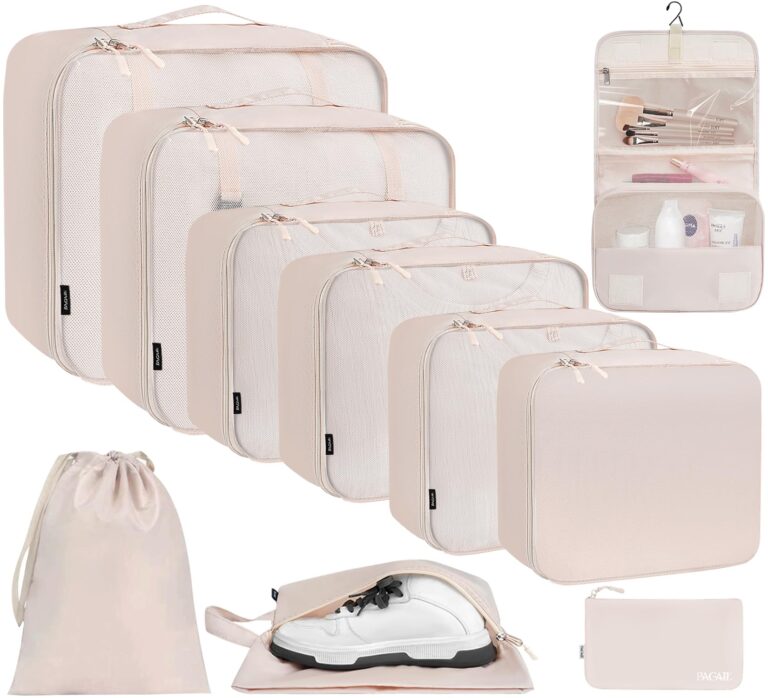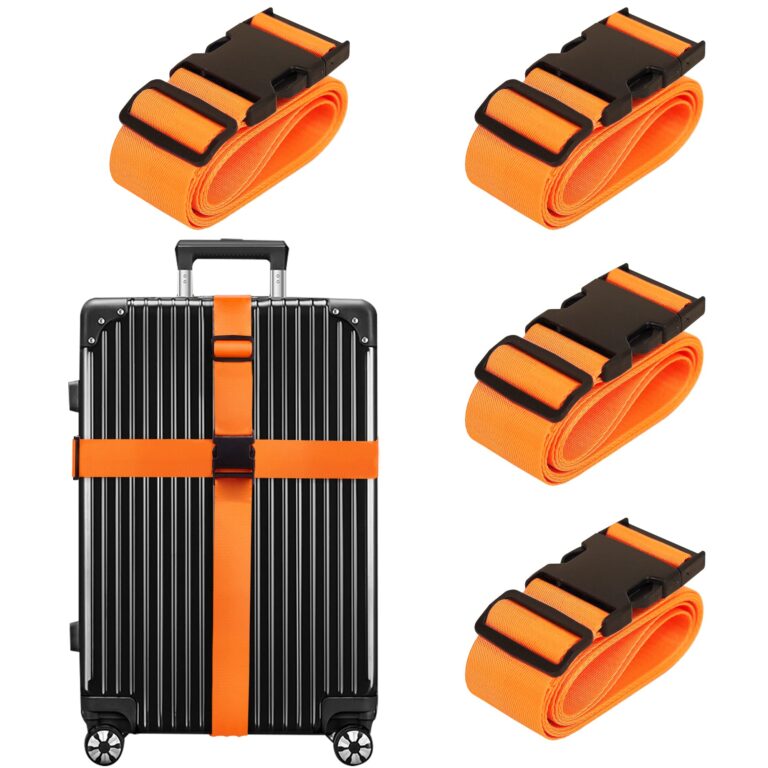When it comes to packing for a trip, staying organized can make a huge difference in how smooth everything goes. Packing cubes have become a favorite tool for many travelers because they keep clothes and gear tidy and easy to find.
Check out our favorite compression packing cubes here.
A common question is whether these handy organizers are allowed by the TSA. The short and simple answer is yes—packing cubes are TSA approved.
There’s nothing on TSA’s official guidelines that bans their use. They actually encourage keeping your luggage organized to speed up the security screening process.
What really matters is making sure that whatever you pack inside those cubes follows TSA rules, especially with liquids and other restricted items.
Are Packing Cubes TSA Approved?
Packing cubes are widely used by travelers to keep luggage organized and compact. The TSA does not have specific rules banning or approving packing cubes.
Instead, the focus is on the contents inside these cubes and how they comply with screening procedures.
TSA Guidelines for Packing Cubes
The TSA doesn’t prohibit packing cubes in carry-on or checked bags. What matters is that the items inside follow TSA regulations, like the 3-1-1 rule for liquids in carry-on luggage.
Each liquid container must be 3.4 ounces (100 ml) or less and fit inside a single quart-sized zip-lock bag. TSA agents prefer organized bags because they speed up the X-ray process.
Packing cubes can help by grouping similar items together, making it easier to visually scan the luggage without unpacking the whole thing. Toiletries and electronics must still be removed and screened separately when required.
Common Misconceptions About Packing Cubes and Security
There’s a myth that packing cubes need to be removed at security. That’s not the case.
TSA does not require travelers to take cubes out of their bags unless they contain restricted items or obscure the X-ray image. Some people worry that cubes hide suspicious items.
TSA agents are trained to spot anything unusual even inside packing cubes. If something triggers suspicion, they have the authority to open the cubes for inspection.
The TSA doesn’t officially certify packing cubes. Their focus is on safety and compliance rather than product endorsements.
Differences Between Compression and Standard Packing Cubes
Standard packing cubes keep items organized without changing volume. Compression cubes reduce the size of clothing by squeezing air out.
Both types are allowed through TSA checkpoints. Compression cubes might speed up packing by giving more space, but they don’t complicate security checks.
TSA agents will scan the bags in the same way whether cubes are compressed or not. Neither cube type replaces the need to follow TSA rules on liquids, electronics, or prohibited items.
How Airport Security Handles Packing Cubes
Packing cubes usually glide through airport security without much hassle. Understanding how TSA views and inspects them can make our travel and packing experience smoother and faster.
X-Ray Screening and Packing Cubes
At security checkpoints, packing cubes pass through the X-ray machines just like any other fabric item. Since packing cubes are typically made of fabric or mesh, airport security can easily see the contents inside, especially if we use transparent or mesh cubes.
This visibility helps TSA agents quickly assess the items, reducing the need for detailed searches. To make the screening process easier, it’s best to avoid overstuffing cubes so that contents remain visible and recognizable through X-ray images.
We should also remove any electronics from packing cubes before scanning. Devices like laptops or tablets must be screened separately.
When Packing Cubes May Be Inspected
TSA officers might decide to inspect packing cubes physically if something in the X-ray image looks suspicious or unclear. If a cube is packed too tightly or sealed in a way that makes it hard to open, security might have to damage it to get a closer look.
To avoid this, it’s smart to leave some space inside cubes for easy opening. Placing cubes near the top of our luggage can speed up inspections since they’re easier to access.
Having transparent or mesh ones can minimize delays and prevent unnecessary rummaging.
Do You Need to Remove Packing Cubes at Security?
When we go through airport security, it helps to know how packing cubes fit into the process. Removing them isn’t always required, but knowing when and why can save us time and hassle.
What TSA Officers Recommend
TSA officers usually don’t require us to take packing cubes out of our bags unless they need a closer look. Since packing cubes are soft and transparent or mesh materials help, X-ray machines can easily scan their contents.
If the machine spots something suspicious, officers might ask to inspect the cubes. In this case, it’s best to have them accessible and not packed too tightly.
TSA advises packing cubes loosely, so they can be opened quickly without damage if needed. Keeping electronics separate and easily removable is also recommended since laptops and tablets should come out during screening.
Otherwise, packing cubes generally stay put inside our bags at security checkpoints.
Tips for a Smooth Screening Experience
To keep things moving smoothly, pick packing cubes that are semi-transparent or have mesh panels. This allows TSA to see inside without opening them.
We should avoid overstuffing cubes to make inspections easier and reduce the chance of damage during a manual check. Position packing cubes near the top of the bag to make them one of the first things TSA sees.
This can speed up the screening. Always pack liquids according to the 3-1-1 rule inside a clear quart-sized bag, separate from the cubes, so there’s no confusion when containers are checked.
Best Practices for Packing With TSA Approval
When we pack with TSA guidelines in mind, it’s important to keep security screening smooth and avoid delays. That means being organized and selecting the right packing cubes to fit both our belongings and TSA’s expectations.
Organizing Your Belongings for Security
We want to keep our packing cubes easy to inspect. Using clear or mesh-front cubes helps TSA quickly identify what’s inside without opening them.
It’s smart to separate items by category—like electronics in one cube and toiletries in another—to speed up screening. Liquids should follow the 3-1-1 rule and be packed in a clear quart-sized bag, not inside the cubes themselves.
We also keep packing cubes easily accessible, near the top or outer layers of our luggage, so TSA agents can remove and check them without a hassle. This helps avoid any unnecessary unpacking or repacking during security checks.
Choosing the Right Type of Packing Cubes
We look for packing cubes made from lightweight, durable materials with sturdy zippers. Cubes with partial mesh or translucent panels are ideal because they balance privacy with visibility for TSA inspections.
Lockable cubes with TSA-approved locks add a layer of security without causing issues during the screening process. They allow us to protect valuables but still give TSA access if needed.
A set with multiple sizes helps us organize different types of items more efficiently, making our bags easier to unpack if TSA asks for a closer look.
What Can and Cannot Go in Packing Cubes
Packing cubes are super handy for keeping our belongings neat, but we need to be sure about what can go inside them. Some items follow strict security rules, especially liquids and certain toiletries.
Others might slow us down at airport security because they raise questions.
TSA Rules on Liquids and Toiletries
Liquids in packing cubes must follow TSA’s 3-1-1 rule: containers of 3.4 ounces (100 ml) or less, all fitting in one clear, quart-sized bag. This clear bag needs to be easily accessible for screening.
We can pack travel-sized shampoo, lotions, toothpaste, and other toiletries in cubes, but they must be inside that transparent bag to pass security smoothly. Anything larger than 3.4 ounces has to go in checked bags or be left behind.
Packing cubes themselves don’t replace the clear bag rule, so it’s smart to separate small liquid containers inside or carry them outside cubes to avoid delays.
Items That May Cause Delays
Some items packed in cubes might trigger extra screening. These include electronics with lithium batteries, sharp objects, and powders.
TSA recommends removing laptops and larger batteries for separate screening, so keeping these accessible in packing cubes helps. Sharp tools like nail clippers or scissors with blades over 4 inches often aren’t allowed in carry-ons at all and should be packed in checked bags instead.
Powders over 12 ounces may require additional inspection. It’s better to pack those in checked bags or keep them easily reachable for inspection.
Being aware of these details helps us breeze through airport security without unexpected hold-ups.
For more about TSA packing rules, check What Can I Bring? – Transportation Security Administration.
Benefits of Using Packing Cubes for Air Travel
Packing cubes help us stay organized and make the whole airport experience smoother. They keep our clothes and gear sorted, so we don’t waste time digging through our bags.
They also help when going through security, letting TSA agents quickly see what’s inside without a lot of hassle.
Easier Organization and Access
With packing cubes, we can group similar items together—like shirts in one cube, underwear in another, and toiletries in a third. This keeps everything neat and easy to find.
Instead of dumping everything in one crammed suitcase, packing cubes separate our belongings into smaller, manageable sections. We can also label cubes or choose different colors to make unpacking a breeze once we reach our destination.
Having our things organized means we spend less time searching for items mid-trip and more time enjoying the journey.
Helping Streamline Security Checks
Packing cubes make airport security faster because TSA agents can see inside them clearly through X-ray machines, especially if they’re lightly packed or transparent. This reduces the chances that security will need to open and inspect the cubes, which can slow things down.
If a physical inspection is necessary, cubes that aren’t packed too tightly are much easier to open and repack quickly without damage. Following TSA rules, like the 3-1-1 rule for liquids inside cubes, helps prevent issues during screening and speeds up our passage through security checkpoints.
For more details, check out how packing cubes interact with airport security procedures.
Frequently Asked Questions
Packing cubes make organizing our luggage way easier, but they also come with a few questions about how TSA treats them at security and in our bags. Here are some clear answers that will help us pack smarter and move through checkpoints faster.
Can I breeze through airport security with packing cubes?
Yes, packing cubes don’t slow us down at TSA security as long as we organize our bags well. TSA actually encourages using organizers because they help security agents see inside our luggage clearly.
What’s the deal with packing cubes and carry-on luggage?
We can use packing cubes in carry-ons without any problem. The important part is that the items inside, especially liquids, meet TSA rules like the 3-1-1 liquids guideline (containers 3.4 ounces or smaller, all in one quart-sized bag).
Do I need to unpack my cubes at TSA checkpoints?
No, we usually don’t have to remove packing cubes during security screening. TSA asks us to take out items like laptops, tablets, and the quart-sized bag of liquids, but cubes themselves can stay in the bag.
Are there any restrictions for using packing cubes in checked baggage?
There aren’t specific restrictions for packing cubes in checked luggage. We just need to make sure whatever’s inside is allowed by TSA for checked bags, including any liquids or gels that exceed carry-on limits.
How does TSA handle electronics in packing cubes?
Electronics larger than phones need to be taken out of our bags for separate screening, even if packed inside cubes. TSA might ask us to power them on, so it’s a good idea to carry charged devices.
Got any tips for using packing cubes to speed up security checks?
Using transparent or mesh packing cubes can help TSA agents get a quick look inside. Keeping toiletries in a clear quart-sized bag inside a cube makes liquid rules easier to follow and speeds up the process.
